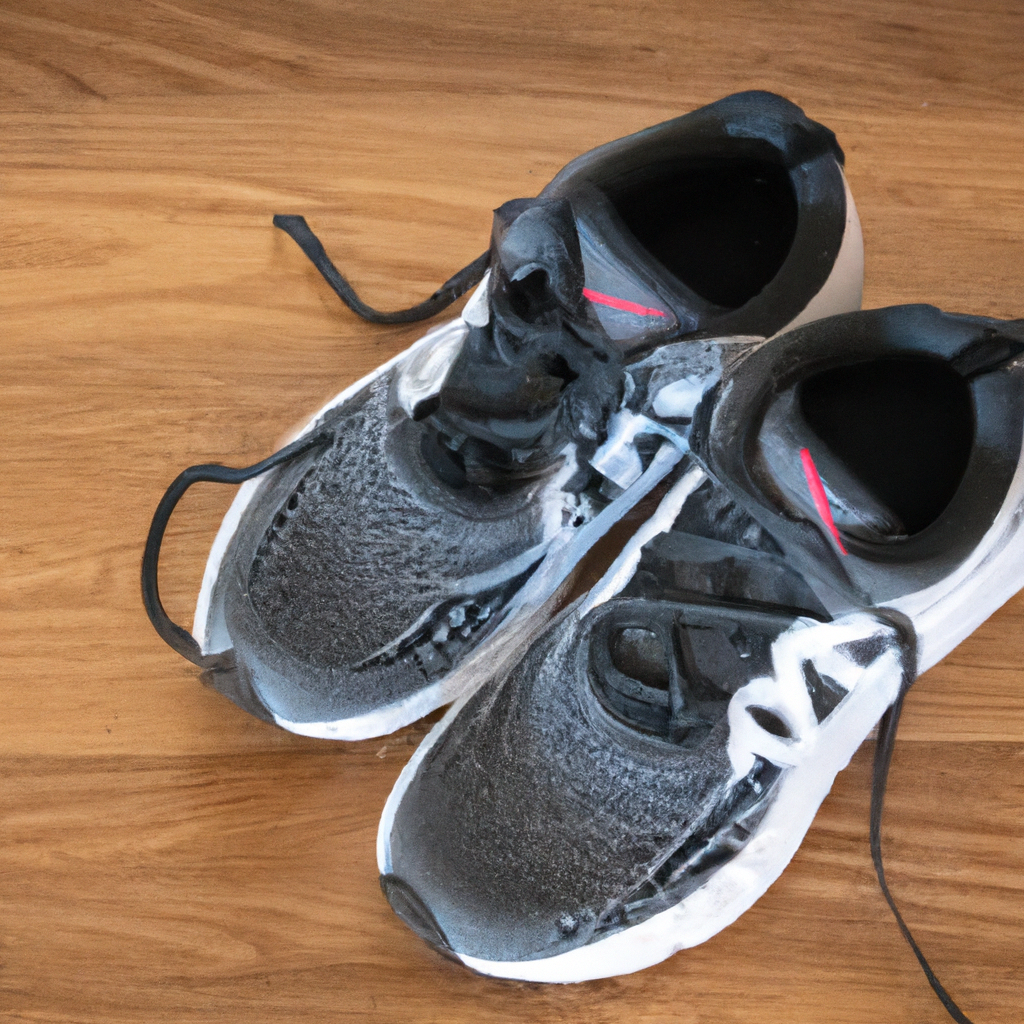In this article, you will discover the key to mastering lunges with proper alignment and balance. Whether you’re a seasoned fitness enthusiast looking to perfect your form or a beginner wanting to learn the basics, this guide will provide you with the essential tips and techniques to perform lunges effectively. By understanding the correct body alignment, engaging your core, and maintaining balance, you’ll be able to maximize the benefits of this popular exercise while minimizing the risk of injury. So, let’s dive in and unlock the secrets to performing lunges like a pro!
Preparation
Before you start lunges, it’s important to take a few moments to properly prepare yourself. First, choose a suitable workout area. You’ll want a space that is free from any obstacles and provides enough room for you to comfortably move around. It’s also important to wear appropriate exercise clothing. Choose clothing that allows for a full range of motion and provides proper support. This will help you move freely during the lunges and reduce the risk of injury. Lastly, warm up your body before starting lunges. This can be done with a few minutes of light cardio, such as jogging in place or jumping jacks, followed by dynamic stretches to awaken your muscles.
Basic Lunge Technique
Now that you’re prepared, let’s dive into the basic lunge technique. Start by standing up straight with your feet hip-width apart. This will serve as your starting position for each lunge. Engage your core muscles by pulling your belly button in towards your spine. This will help stabilize your body as you perform the movement. Next, step forward with one leg, making sure to maintain an upright posture. Lower your body by bending both knees, aiming to bring your back knee close to the ground. It’s important to keep your back straight and chest lifted throughout the entire movement. Ensure that the front knee is directly above the ankle, avoiding any inward collapse. To return to the starting position, push through the front heel and engage the leg muscles to stand back up. Repeat the lunge with the other leg and continue alternating.

Proper Alignment
Maintaining proper alignment is crucial for an effective and safe lunge. Throughout the movement, it’s important to focus on your posture. Keep your spine neutral, avoiding any rounding or arching. This will help protect your back and ensure proper engagement of the leg muscles. Additionally, align your knee, ankle, and hip joints in a straight line. This will distribute the workload evenly and reduce strain on any one joint. It’s also important to avoid letting the front knee go past the toes during the lunge. This can place excessive stress on the knee joint and increase the risk of injury.
Balance and Stability
Achieving balance and stability is key to performing lunges with proper alignment. One helpful tip is to focus on a fixed point in front of you while performing the lunges. This will help provide visual stability and prevent any dizziness or loss of balance. Engaging your core and glute muscles is also important for better balance. These muscles serve as stabilizers and will help you maintain control throughout the movement. If you’re just starting out, begin with shallow lunges and gradually increase the depth as your strength and stability improve. If you find it challenging to maintain balance, you can use your arms for counterbalance by extending them forward. Additionally, you can perform lunges near a support or wall to provide extra stability if needed.

Modifications and Variations
To add variety to your lunge routine, you can incorporate different modifications and variations. One option is the reverse lunge, where you step backward instead of forward. This variation places more emphasis on the glutes and can help improve hip stability. Another option is the walking lunge, where you take steps forward with each lunge, continuously moving across the room or space. This variation adds an element of cardio and dynamic movement. The curtsy lunge is another great option, where you cross one leg behind the other in a curtsy-like movement. This variation targets the inner and outer thighs in addition to the larger leg muscles. Other variations include stationary lunges, elevated lunges, lateral lunges, and adding dumbbells or a barbell for additional resistance.
Common Mistakes
To ensure you get the most out of your lunges and minimize the risk of injury, it’s important to be aware of common mistakes and avoid them. One mistake to watch out for is allowing the knee to go past the toes during the lunge. This puts extra strain on the knee joint and can lead to discomfort or injury. Another common mistake is leaning too far forward or backward during the lunge. This can compromise your form and place undue stress on your lower back. Neglecting a proper warm-up is another mistake to avoid. Warming up the muscles helps prepare them for the movements and reduces the chance of injury. It’s also important to engage your core muscles throughout the lunge. Neglecting this can lead to poor stability and ineffective muscle engagement. Lastly, using improper form and alignment can put unnecessary stress on the joints and lead to injury. Always focus on maintaining proper alignment and form.
Tips for Beginners
If you’re new to lunges, here are some helpful tips to get you started on the right track. Begin with bodyweight lunges before adding resistance. This will allow you to focus on proper form and alignment before incorporating additional challenges. Performing lunges in front of a mirror can also be beneficial. This allows you to observe your form and make any necessary corrections to ensure proper alignment. Listen to your body and don’t push through pain. It’s normal to feel some muscle fatigue during lunges, but sharp pain or discomfort should not be ignored. If you experience any discomfort, stop and reassess your form or seek guidance from a certified fitness professional. Working on flexibility and mobility can also improve your lunge performance. Incorporate stretches and mobility exercises targeted towards your hip flexors and hamstrings. Lastly, if you’re unsure about your technique or have specific fitness goals, it’s always a good idea to seek guidance from a certified fitness professional who can provide personalized guidance and modifications.
Precautions
While lunges are generally safe for most individuals, there are a few precautions to keep in mind. If you have any pre-existing knee or hip issues, it’s important to consult a healthcare professional before performing lunges. They can provide guidance on modifications that suit your specific needs. If you experience sharp pain or discomfort during lunges, it’s important to avoid pushing through it. This can be a sign of an underlying issue or improper form. Additionally, performing lunges on a forgiving surface, such as a yoga mat or padded gym floor, can help reduce impact on the joints. Lastly, always start with proper form and gradually progress in difficulty or resistance to prevent injury.
Benefits of Lunges
Lunges offer a wide range of benefits for your lower body and overall fitness. By performing lunges, you strengthen the muscles of the lower body, including the quadriceps, hamstrings, and glutes. These muscles are essential for everyday activities like walking, climbing stairs, and maintaining balance. Lunges also improve balance, stability, and coordination. By challenging your body’s ability to maintain proper alignment and balance during the movement, you enhance your overall stability and coordination. Engaging the core muscles during lunges helps improve posture and spinal alignment. As you stabilize your body, your core muscles work to keep your spine neutral, leading to better posture and reduced risk of back pain. Additionally, lunges are a great calorie-burning exercise, making them a beneficial addition to a weight loss or maintenance routine. Lastly, lunges increase flexibility and hip mobility. By moving through a full range of motion, you promote flexibility and improve the mobility of your hip joints.
Conclusion
Performing lunges with proper alignment and balance is essential for maximizing their benefits and reducing the risk of injury. By following the basic lunge technique, maintaining proper alignment, focusing on balance and stability, and avoiding common mistakes, you can perform lunges effectively and safely. Remember to start with bodyweight lunges, listen to your body, and seek guidance if needed. With consistent practice and proper form, lunges can help strengthen your lower body, improve stability and coordination, enhance functional movement, engage your core muscles, burn calories, and increase flexibility. Consult a certified fitness professional for personalized guidance and modifications based on your fitness level and goals. So go ahead, step into those lunges and reap the benefits of this versatile exercise.
